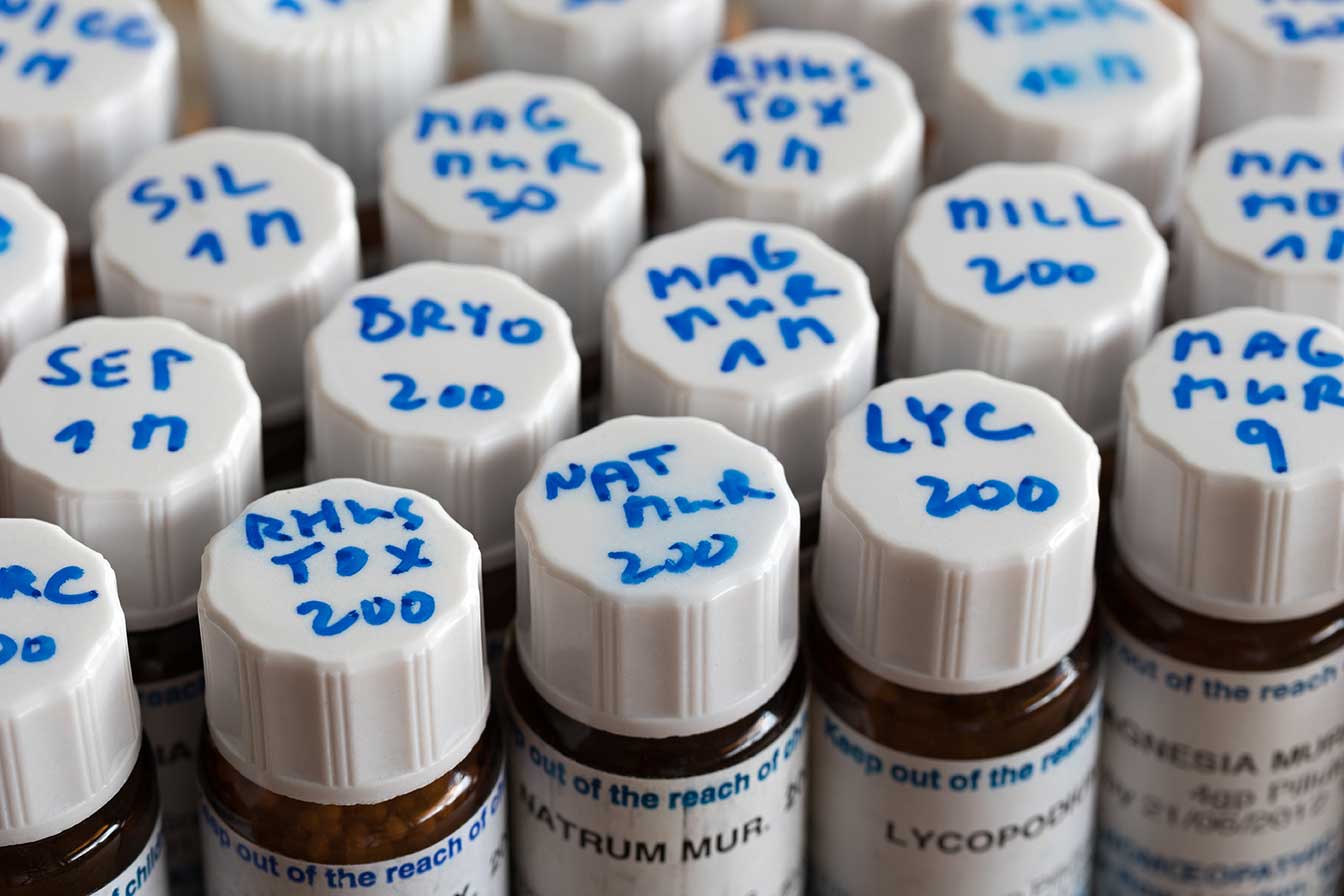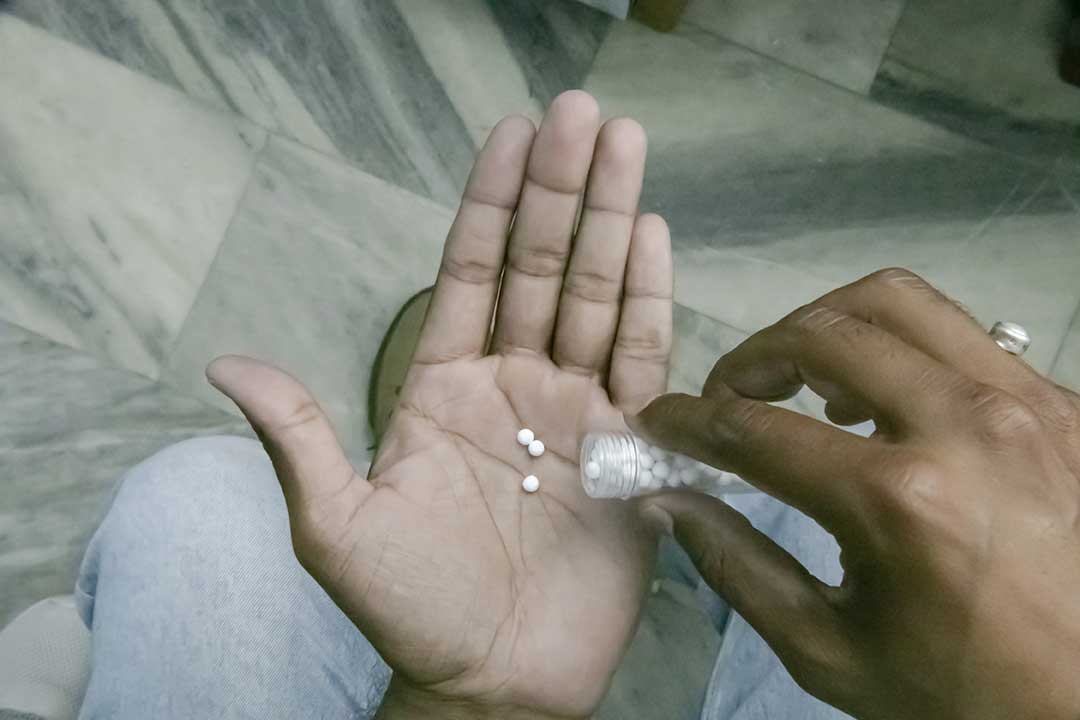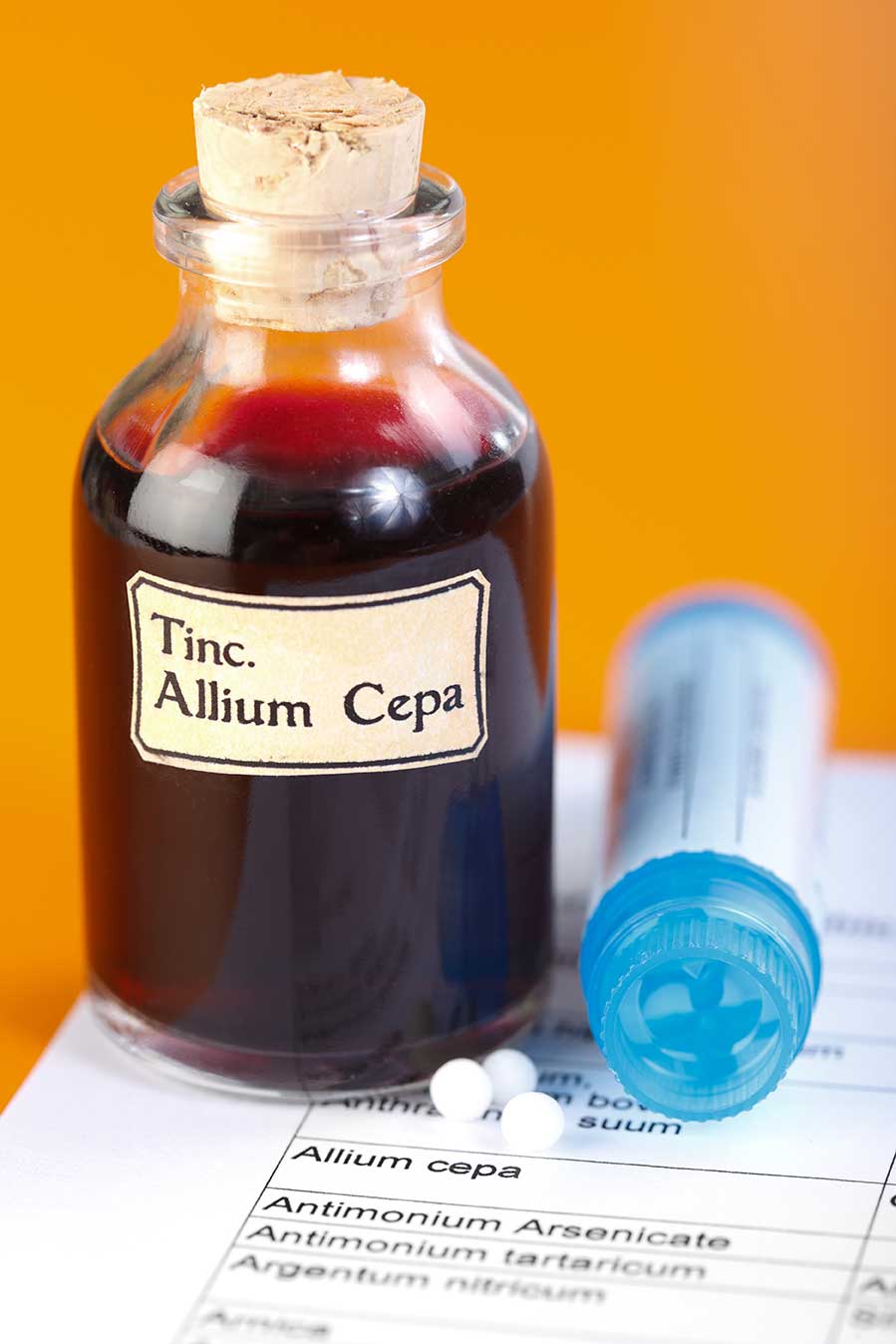The pillars of Classical Homeopathy Philosophy are:
1) The Law of Similars – There is a medical phenomenon that something that is causative in a healthy person is curative in an unhealthy person. Conventional Pharmacology uses this law in the development of medications. An example is that Ritalin suppresses the symptoms of hyperactivity in a hyperactive person. But a person without hyperactivity that abuses Ritalin recreationally actually becomes hyperactive when using the substance. So what Ritalin would cause in a healthy person it would cure in an unhealthy person. This is how homeopathic remedies work. We match the symptoms expressed by the body to a substance that would cause those symptoms in a healthy person. This is the Law of Similars and the practical application of “like cures like“.
2) Totality – The Classical Homeopath knows the importance of considering ALL symptoms that an individual’s body and mind have expressed. It’s important that the remedy selected covers everything, not just a small group of symptoms. This is the holistic approach and most effective in long-term success.
3) Minimum Dose – This is one of the principles of this healing modality that sets it apart from “regular” conventional medicine. When Samuel Hahnemann was developing Homeopathy he was practicing 200 years ago in a medical environment where the tools used to “help” people were hurting people. One could say the same about the overuse of prescriptions today. Hahnemann started using crude materials in his early practice with the law of similars but people still encountered toxic effects of too much of a substance. This is when he developed a pharmacological method to capture the healing principles of a substance without the crude material. Through dilution and succussion, material substances were transformed into what we now know as nanoparticles that carry the megahertz of the original substance. The body thinks it’s taking a crude raw substance however it’s such a small amount of the substance that it doesn’t have the toxicological side effects. This makes Homeopathy non-toxic and generally safe for children, pregnant women, and sensitive individuals without side effects when used appropriately.
4) Individuality – This is another primary differential to regular conventional medicine. With Classical Homeopathy, it’s not a one-size-fits-all approach. Every recommendation is completely individualized and this is because everyone experiences symptoms differently and has different levels of health and vitality. Even if the “name” of the symptom is shared by many people, it will be experienced very differently by those individuals. Everyone has a unique body, health history, and genetic inheritance so it makes sense that a healing system should consider the individual and everything that makes their symptoms unique.






